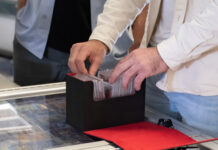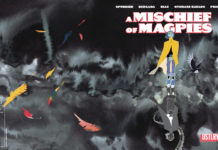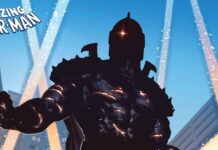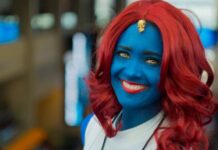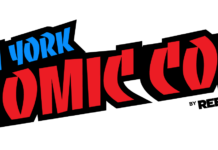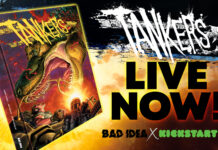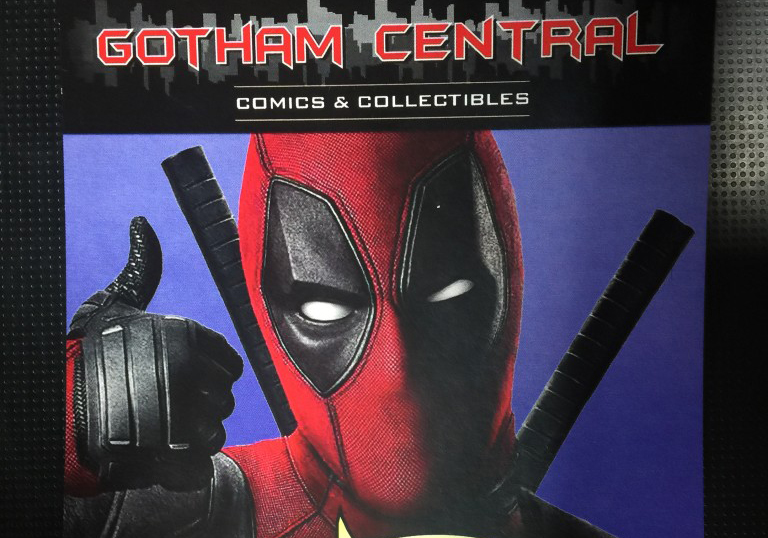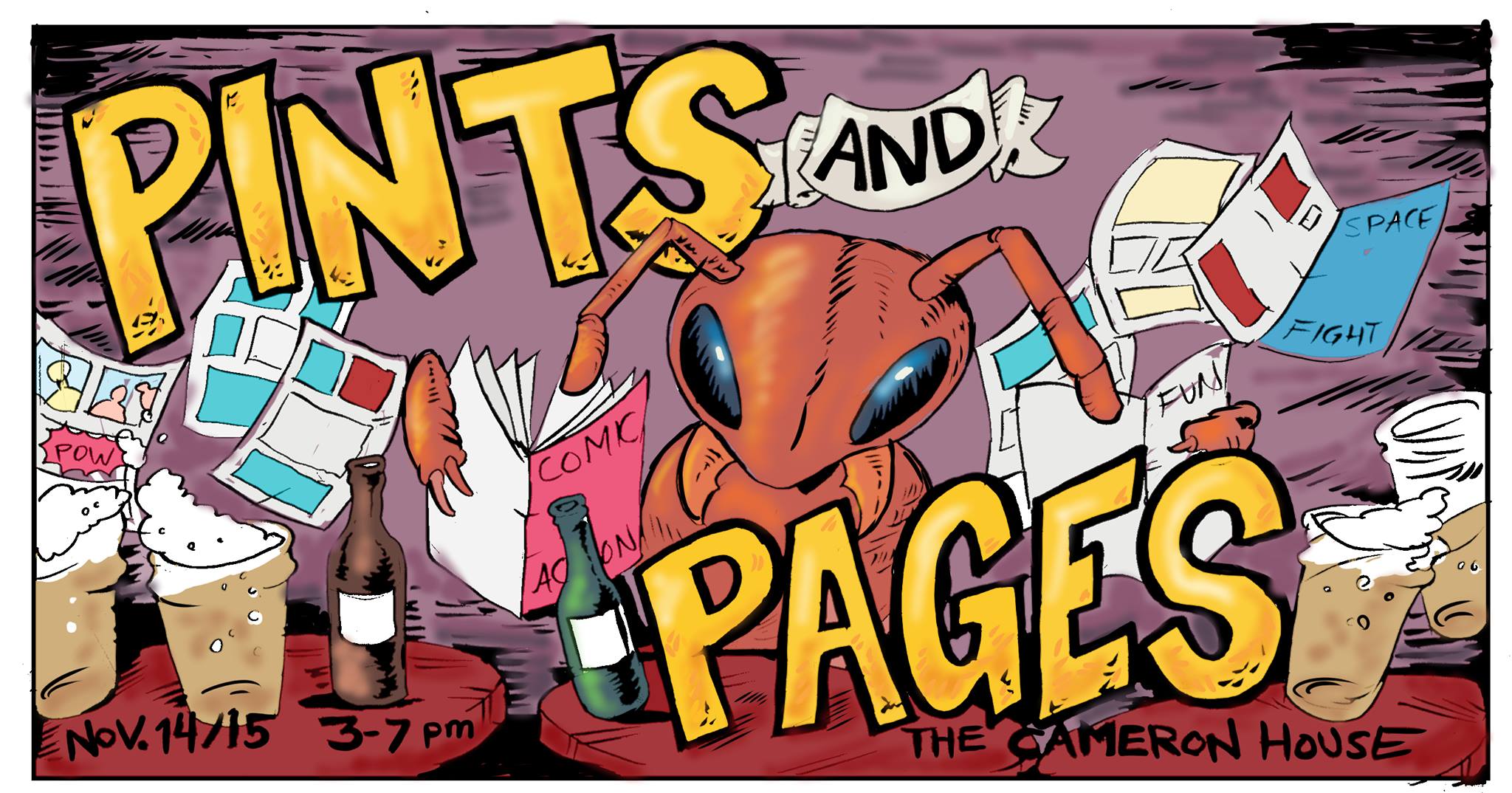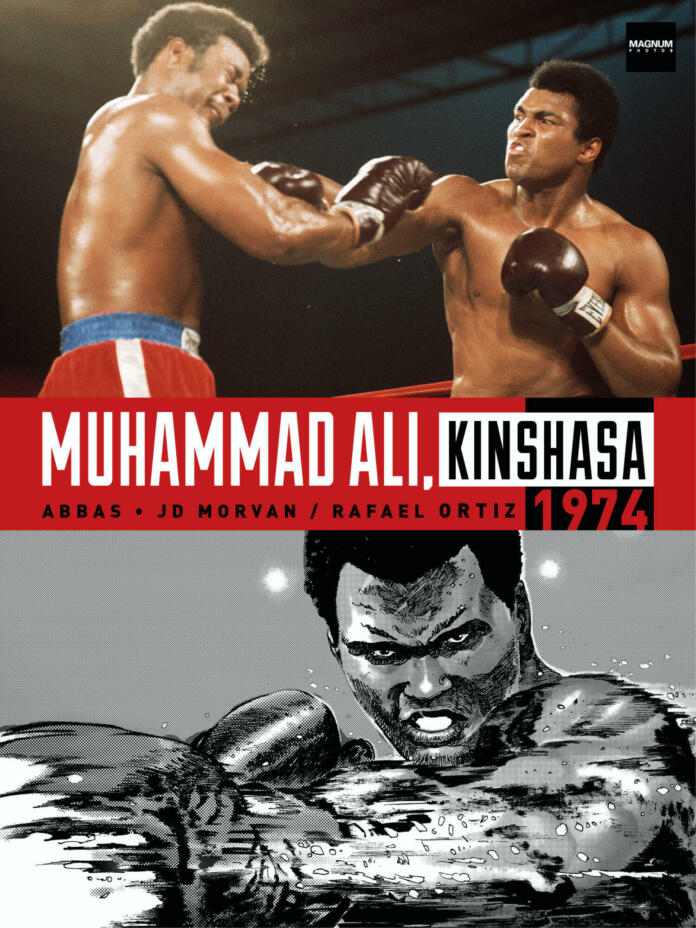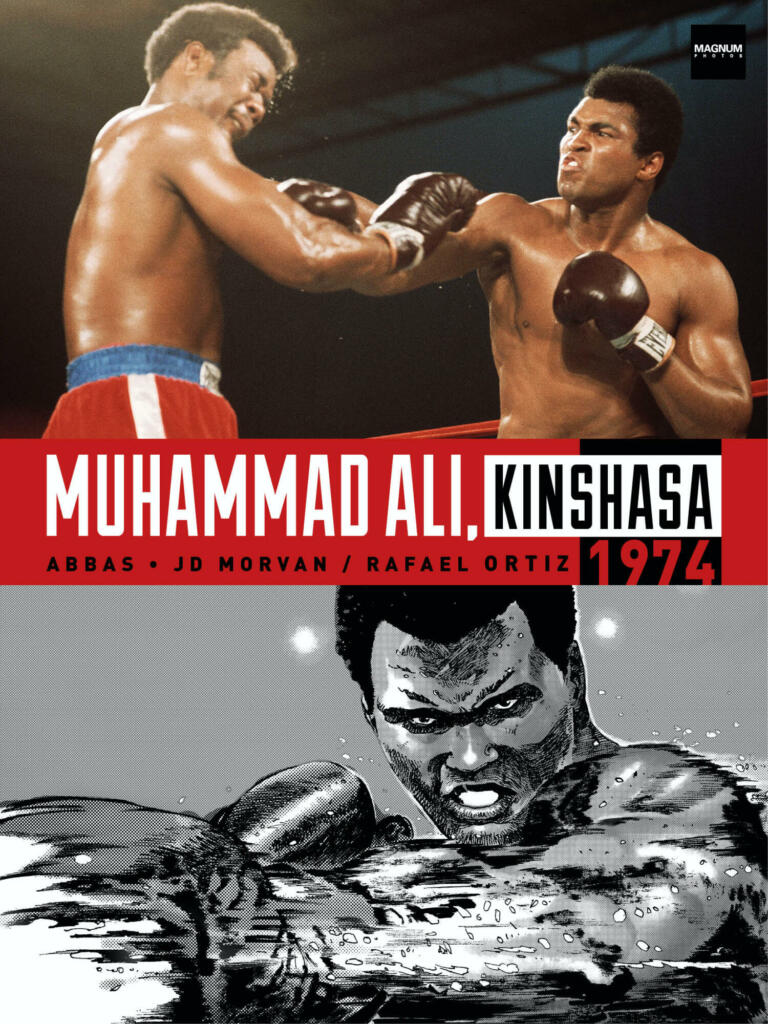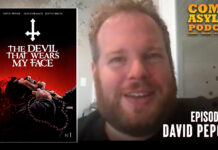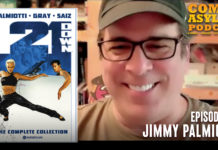Muhammad Ali, Kinshasa 1974 from Titan Comics, chronicles The Rumble in the Jungle, the legendary boxing match between Muhammad Ali and then heavyweight champion, George Foreman. Written by JD Morvan and illustrated by Rafael Ortiz the graphic novel uses photos from the legendary photojournalist Abbas to delve into the origins of the fight and the principals who made it happen. I recently had a chance to chat with JD and Rafael about the project, working with Abbas and the continued significance of the legendary fight.
SB: Jean-David, what prompted you to make a graphic novel of the legendary Ali/Foreman fight using archival photos with illustrations and prose?
JDM: First of all, comics and photography are my passions. One evening, very late, on my sofa, looking at both my comic book and photo book library, I had this illumination: what if I told the life of some photographers in comic books? Not knowing anyone in the business, I went to look up an address on the Magnum agency’s website and simply wrote to them. Three days later, I was surprised to get an answer! With Clement from the Parisian agency, we started to work out a concept. And this concept became a series of comic strips. The three previous ones were dedicated to Robert Capa, Henri Cartier Bresson, and Steve McCurry. Each time based around a very important moment in their lives: the Normandy landings for the first, the prison camps of World War II for the second, and September 11th for the third. Here, for the first time, we approach a sport.
SB: What was it like working with Abbas?
JDM: You could say that the beginning was a bit like a boxing match. Abbas needed to know who they were dealing with, in fact, what I had in my stomach. It was a bit like a fight in a bistro in Ireland before the two protagonists became friends over a beer. And then afterwards he confided in me, saying that he didn’t like to talk too much about his work as a photographer, that his shots were self-sufficient. But I needed to dig a little deeper and he gave me great material.
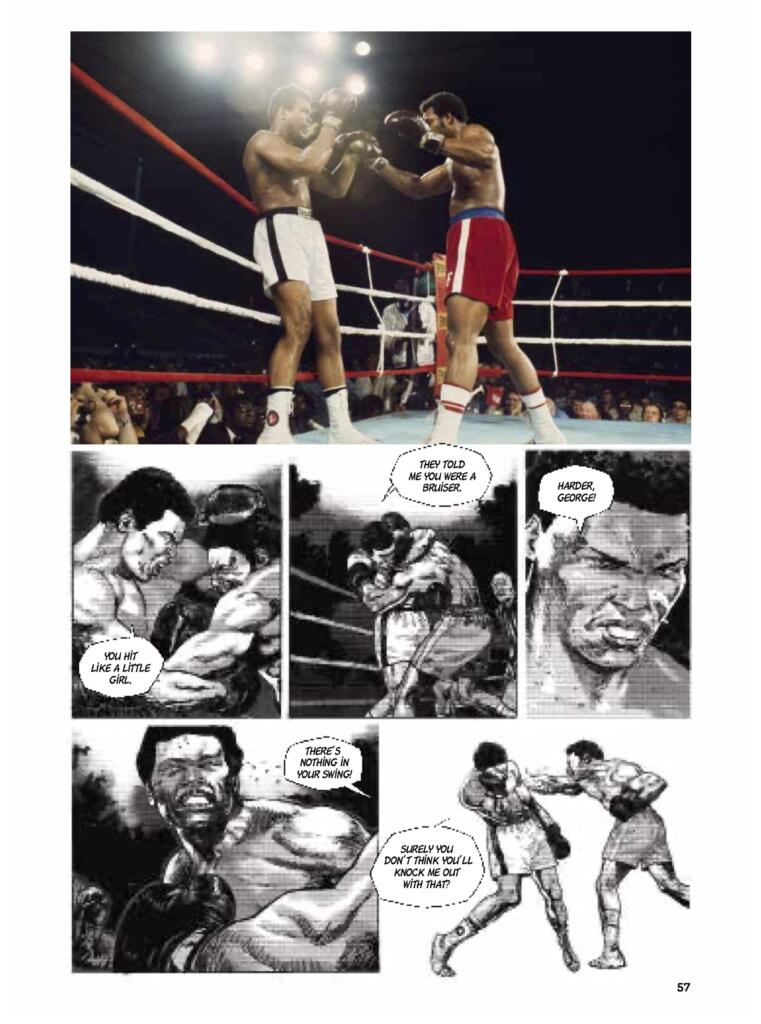 SB: They say a picture is worth a thousand words. How does your appreciation of great photography inform you as a writer?
SB: They say a picture is worth a thousand words. How does your appreciation of great photography inform you as a writer?
JDM: This is true in the sense that several sentences that describe a setting can be contained in a single image. If we take the example of Victor Hugo (that I had the chance to adapt) it is even sometimes a whole paragraph that turns into a single image because he was so precise in his descriptions. Here, of course, it’s a little different because you can place the photographs inside the comic book pages themselves. In the beginning we didn’t dare to do that because the photographers we were talking about were really legends. But when the legend Steve McCurry told us that it could be interesting we didn’t hesitate and we started. We have a great example with a French comic book directed by Emmanuel Guibert called simply: The Photographer. We tried to have fun with this particular way of telling stories between photos and drawings in this album and then in two others that we did afterwards, the Abbas, and one on Stanley Greene, where we were able to go deeper into the work.
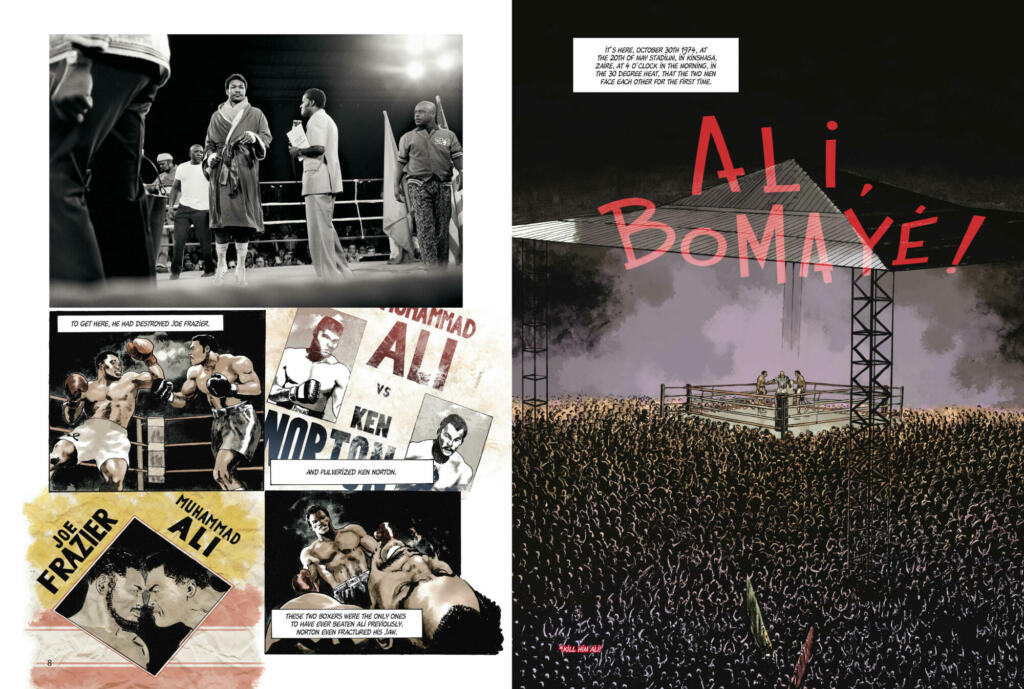 SB: Raphael, can you describe what it was like interpreting JD’s script and Abbas’ photos into your artwork?
SB: Raphael, can you describe what it was like interpreting JD’s script and Abbas’ photos into your artwork?
RO: It was very pleasant for me, JD left the narration work in my hands, as well as the decision to add or remove any thumbnails, if I felt it was necessary in terms of narration. For the rest, it was a matter of chronologically classifying Abbas’s photos and looking for references, especially those corresponding to the childhood of Ali and Foreman. It was also very important to see some or all of Ali’s fights against Foreman and all the opponents he faced in the ring.
SB: What process did you use to determine what to draw vs. what to leave as a photograph?
RO: The choice of photographs was the first and most important step in the process, the narrative columns at the general level, and the drawn boxes that accompany the photographs on each page where they appear. The drawing functions as a before and after of the photographed moment, imagining the empty moments of the story. It was not easy to omit many of Abbas’ photographs, all of them beautiful, I hope I did a good job.
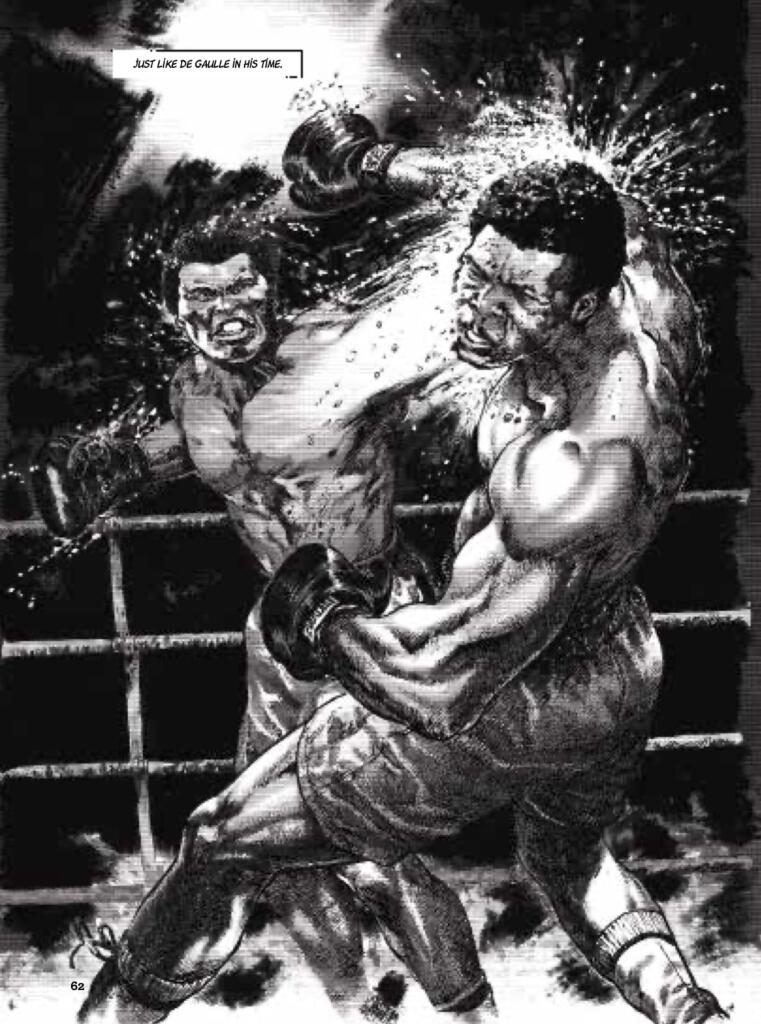 SB: Did having another artist start the project inform your creative process on Muhammad Ali, Kinshasa 1974?
SB: Did having another artist start the project inform your creative process on Muhammad Ali, Kinshasa 1974?
RO: Knowing that the project was in the hands of a great artist like Horacio Altuna, was a challenge for me. I grew up reading his stories and being influenced by his graphic art, so I needed to bring something else to my drawing, then I studied the way of portraying the fights in some manga, the dynamism and strength that I see in his stories, and in this area it was also important to choose the working materials that would allow me to capture this, pens and brushes in the moments of dynamism, feathers in the dialogue scenes.
SB: Jean-David, there are lots of interesting figures in the graphic novel but perhaps the most intriguing and tragic is George Foreman. Would you agree?
JDM: Yes, I quite agree, because in the end it’s slightly the forgotten part of this match. He was not just anyone, he was a world champion, he was a great boxer, someone important before this match and after. He was also a very nice person and his image was very tarnished during this match. We wanted to do him a little bit of justice even though we have to admit that he didn’t really need us.
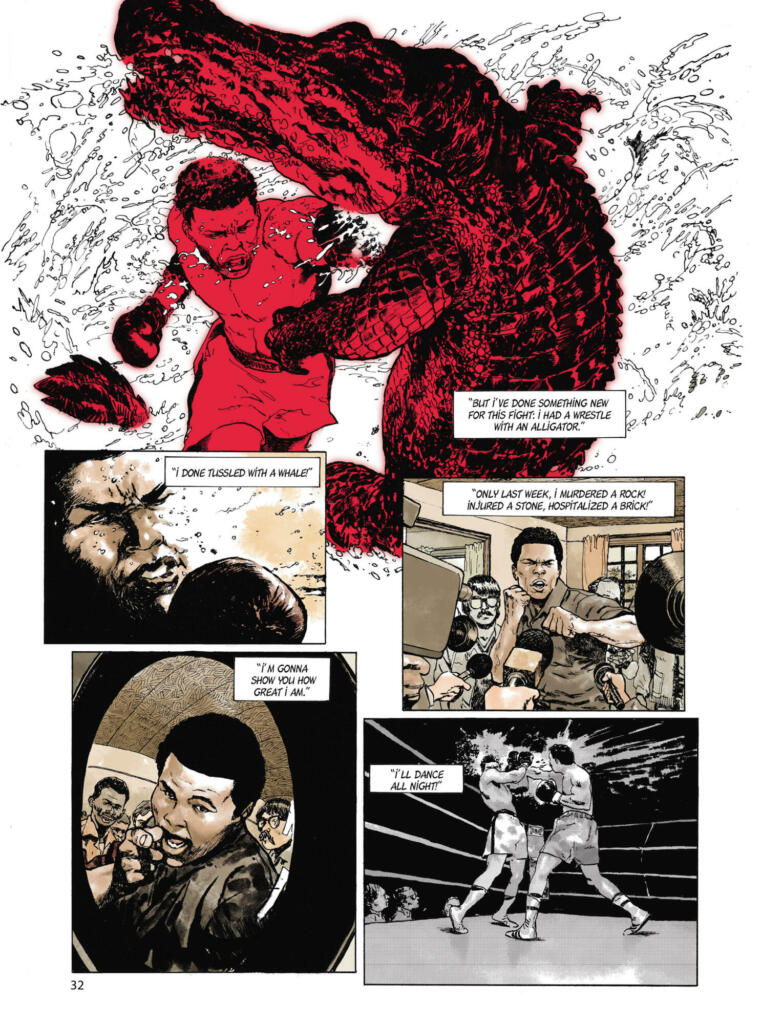 SB: Ali’s strategy against Foreman caught everyone off guard, even his trainer. Can you speak to Ali’s ability to endure and not break as one of the themes in Muhammad Ali, Kinshasa 1974?
SB: Ali’s strategy against Foreman caught everyone off guard, even his trainer. Can you speak to Ali’s ability to endure and not break as one of the themes in Muhammad Ali, Kinshasa 1974?
JDM: Yes of course, that’s the suspenseful part of this album. Everybody is wondering how Ali is going to hold up and actually everybody thinks it’s impossible, except for the crowd who are in love with him, and who think it’s a miracle. Ali, on the other hand, knows that there won’t be a miracle. He knows that in order to win he’s going to have to take a lot of punishment and we showed that it scared him during the whole pre-match. But he didn’t want to tell anyone because he was afraid that his strategy would be revealed. He kept it all to himself and took a lot of money. He spent the whole beginning of the game on the ropes getting beaten up and when Foreman started to get tired then he took his chance.
SB: What is it about Ali and The Rumble in the Jungle that continues to make him such an indelible figure even years after his passing ?
JDM: This is exactly what we tried to show in the book. It’s much more than just a boxing match, it’s a global context. It’s almost a culmination of decolonization. So we tried to tell all that, the condition of blacks in the US, the position of Africa in the world, the Algerian war, Vietnam, Iran…all without being heavy. Because, and I think we agree, there’s nothing worse than being bored reading a comic book.
RO: I believe that in addition to his innate athletic abilities, he was a man who broke down the walls of society and of the times in which he lived, with an overwhelming personality and charisma. Ali represented the struggle and ideals of a large part of society that had no voice, and he was able to use this position intelligently against George Foreman in Kinshasa, another emblematic figure of world boxing, but less gifted in front of the microphones and television cameras. Ali’s victory, after his years out of the ring against a physically fit opponent, left an indelible mark in the history of modern culture, going beyond the limits of the sport.


